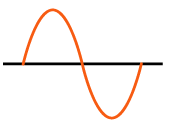MQ Gas Sensors
MQ gas sensors manufactured by Parallax Inc are inexpensive and provide the capability to measure concentrations of LPG (propane), CO (carbon monoxide), alcohol, and methane. They require a low voltage regulated input (5V or less) and they consume about 150 mA of current due to the heater that is part of the sensor circuit.
You must burn-in the sensor for 12 to 24 hours to achieve more consistent sensor output. The burn-in eliminates any remaining moisture or contamination from the manufacturing process. The sensor operates by the gas coming in contact with a doped ceramic coating (which the heater is embedded in).
The analog output from the sensor is a variable voltage measured across a load resistor. The tricky part is that the relationship between the sensor output to the concentration of the gas being measured as provided by the datasheet is relative to a standard temperature of 20 C and 65% relative humidity. Information on the sensitivity of the sensor at two other ambient conditions is provided, but it is left up to the user to decide how to make the corrections. The alternative is to calibrate the sensor in a known environment (ppm of the gas in question).
For the sensors I have worked with, I have done the calculations to derive corrections for the output from the sensor for ambient conditions between -10 C and +50 C and 33% to 85% relative humidity. Furthermore, I have taken the approach of calibrating the sensors in clean air during the startup of the microcontroller.
Several electronics suppliers provide breakout boards to make it easy to connect to the MQ line of gas sensors. I use the Sparkfun Gas Sensor Breakout Board, item #8891. https://www.sparkfun.com/products/8891
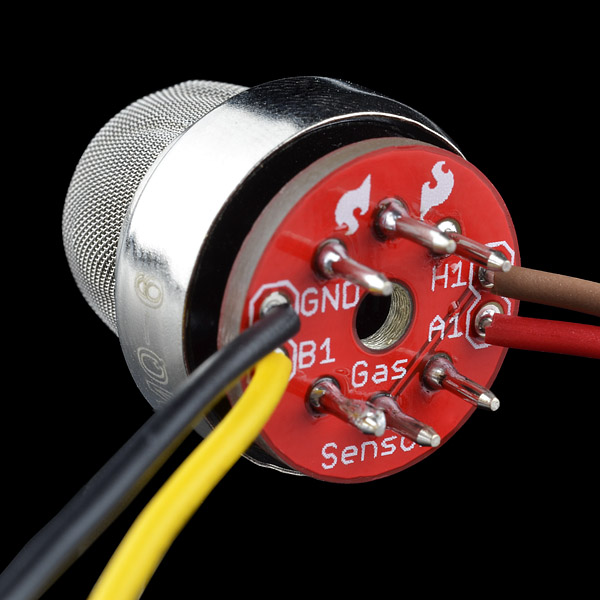
Sparkfun MQ gas sensor breakout board
Do you need help developing or customizing a IoT product for your needs? Send me an email requesting a free one hour phone / web share consultation.
The information presented on this website is for the author's use only. Use of this information by anyone other than the author is offered as guidelines and non-professional advice only. No liability is assumed by the author or this web site.
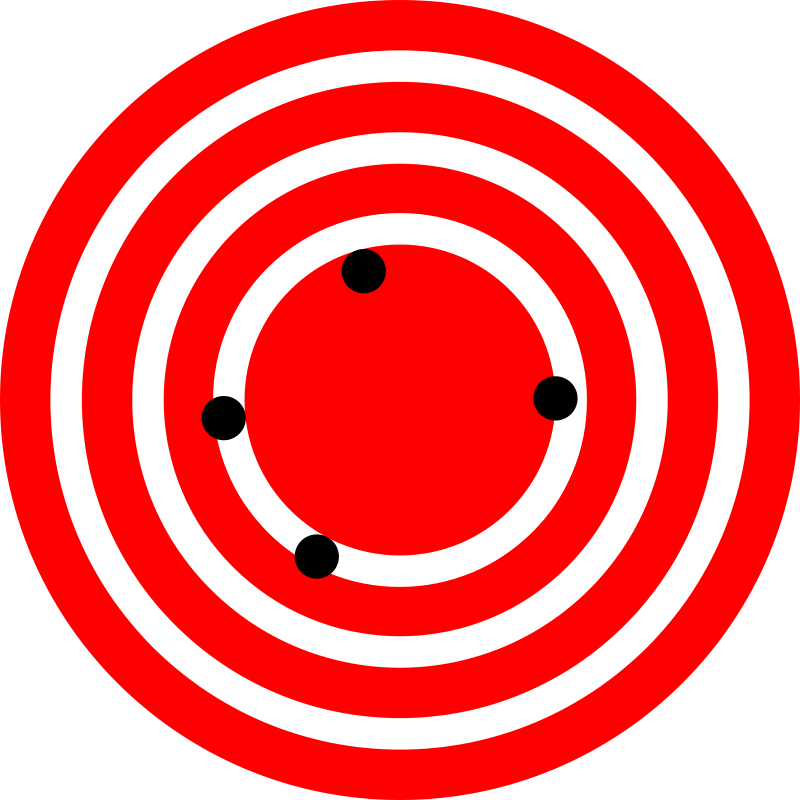






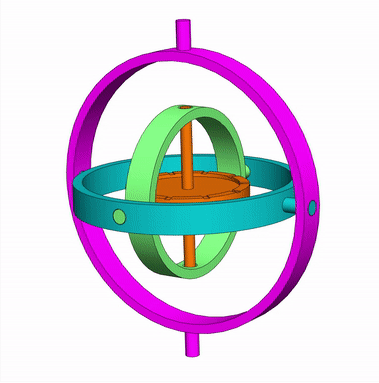

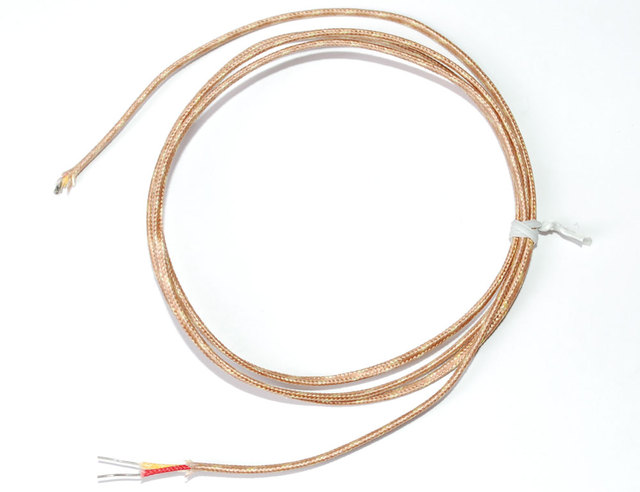
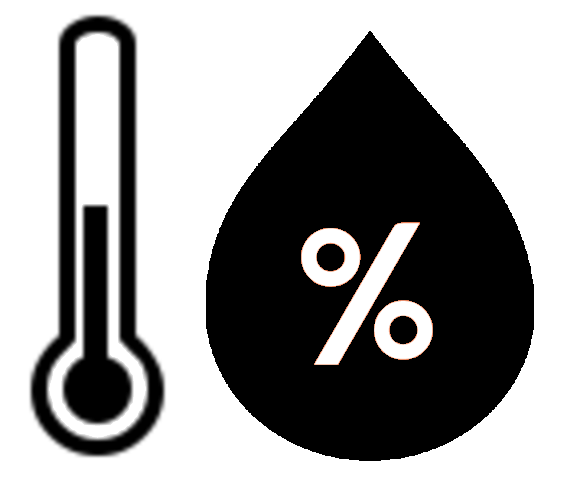
.png)


.png)
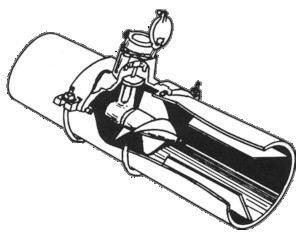


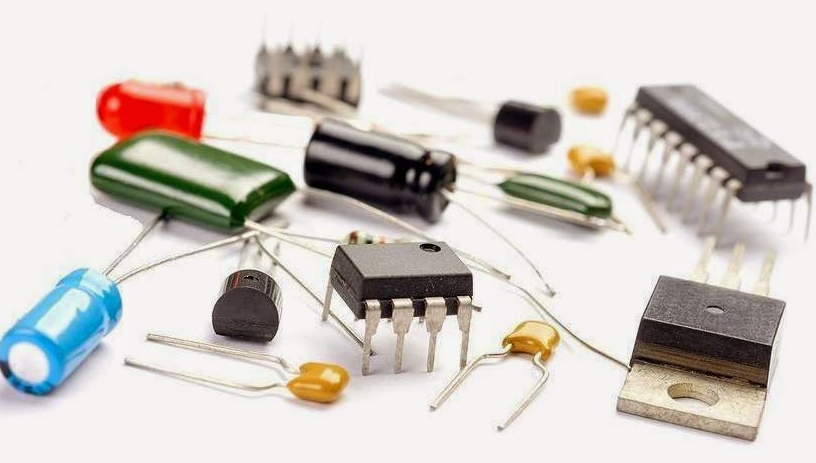




.png)
.png)



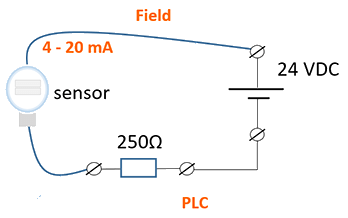
.png)



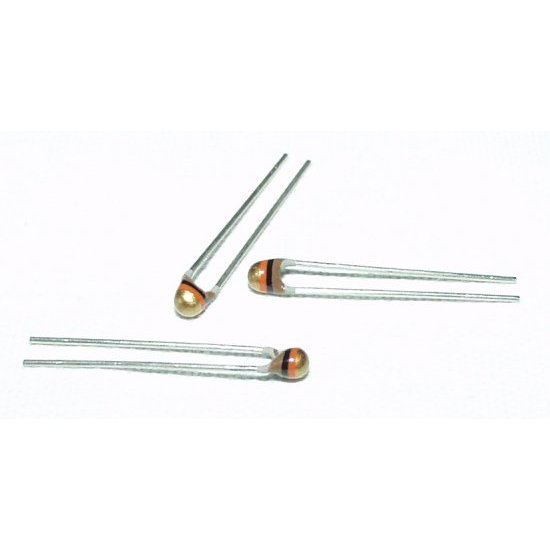
.png)

.png)
.jpg)

.png)



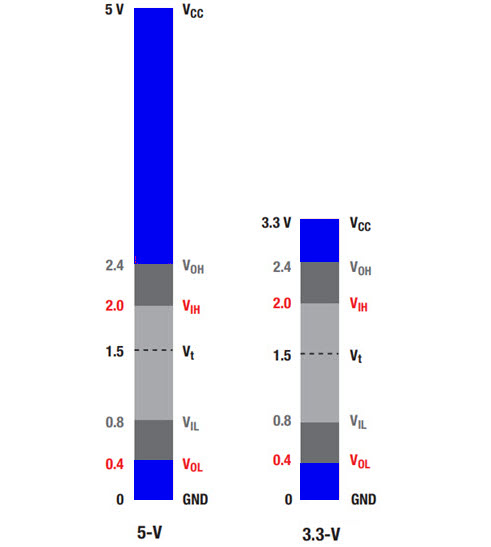
.png)
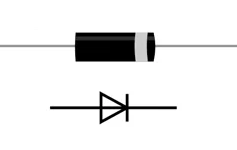
.jpg)



.png)
